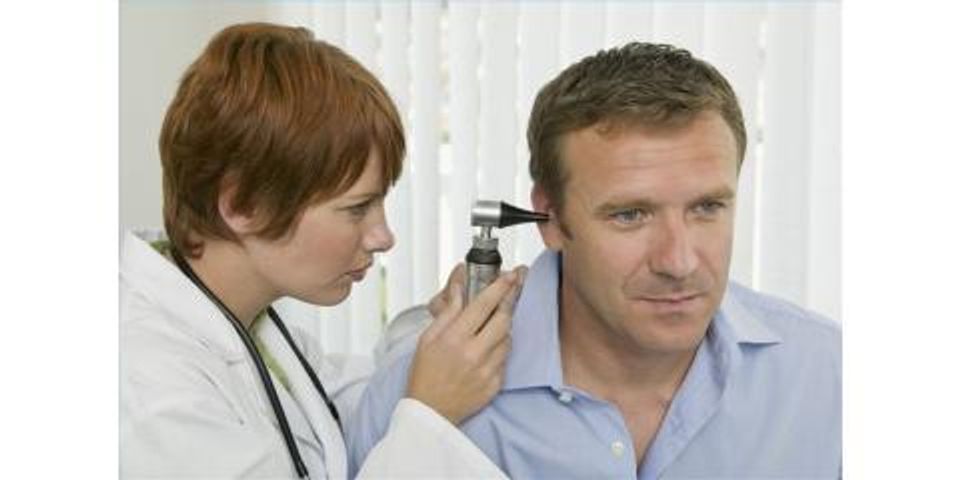Once people find out I work with ears, the thing I am asked about most often is wax.
"What is earwax?"
"Do I need it?"
"How can I get rid of wax?"
Earwax, also referred to as cerumen, is a substance that is produced within the ear canal. The purpose of earwax is to moisturize the skin of the ear canal and to protect against infection by trapping dust, dirt, and debris from getting into the ear. The type of wax you have depends on your diet and your ancestry.
Cerumen is important and does not always need to be cleaned out of the ear. Once produced, earwax will eventually migrate out of the canal on its own. That being said, some people accumulate too much wax and must remove it.
Symptoms of too much wax:
- Pain
- Feeling like the ear is full or plugged
- Hearing Loss
- Tinnitus
- Itchy ears
- Odor or discharge
- Coughing
Some people attempt to remove earwax with q-tips, hair pins, or scissors. DO NOT USE THESE ITEMS WITHIN YOUR EARS. You can very easily damage your ear canal. You also run the risk of pushing wax further into the canal, causing a complete blockage of your canal, and/or rupturing the ear drum.
I usually recommend letting warm water run into the ear during a shower and then drying the outer bowl of the ear with a cloth. Other options include using a few drops of mineral or baby oil (this softens the wax), hydrogen peroxide (may dry out skin so use sparingly), or over-the-counter drops (such as Murine or Debrox).
For patients with excessive cerumen, I suggest having earwax removed by a professional. Most primary care physicians, ENTs, and audiologists can remove wax. Water irrigation, suctioning apparatuses, or curettes may be used to remove wax. The process of removing cerumen may need to be repeated every 3-6 months.
About the Business
Have a question? Ask the experts!
Send your question


